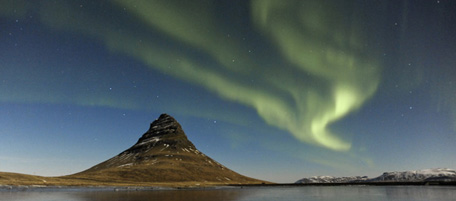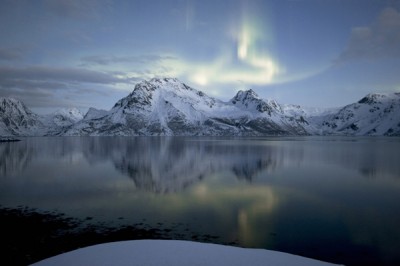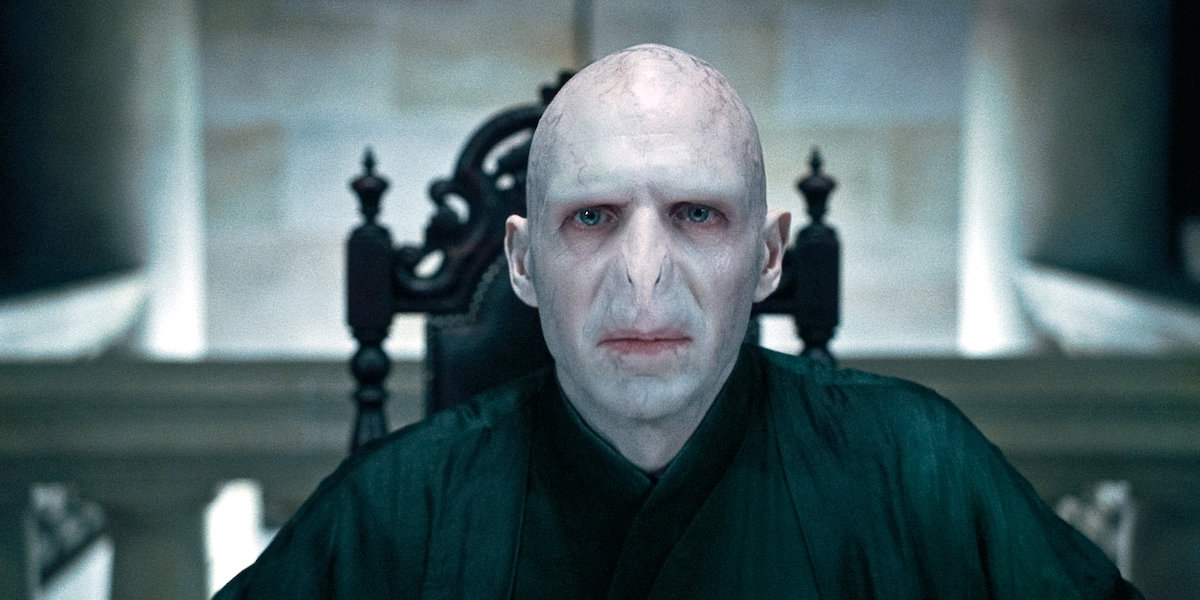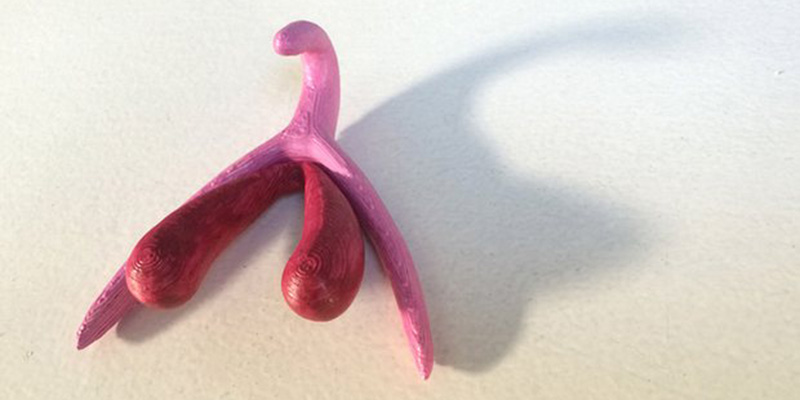Le aurore boreali in Islanda
Le meravigliose foto scattate una settimana fa nei cieli del parco di, con la luna piena

altre
foto
Queste fotografie sono state scattate tra il marzo 2010 e la settimana scorsa. In gran parte nel Parco nazionale di Þingvellir in Islanda, in una notte (già, una notte) di luna piena, luminosissima: altre vengono da diversi luoghi dell’Islanda e della Norvegia. Le ha scattate tutte la fotografa Kerstin Langenberger alle luci dell’aurora boreale, fenomeno così descritto da Wikipedia:
Il fenomeno è causato dall’interazione di particelle cariche (protoni ed elettroni) di origine solare (vento solare) con la ionosfera terrestre (atmosfera tra i 100-500 km). Tali particelle eccitano gli atomi dell’atmosfera che diseccitandosi in seguito emettono luce di varie lunghezze d’onda. A causa della geometria del campo magnetico terrestre, le aurore sono visibili in due ristrette fasce attorno ai poli magnetici della terra, dette ovali aurorali. Le aurore visibili ad occhio nudo sono prodotte dagli elettroni, mentre quelle di protoni possono essere osservate solo con l’ausilio di particolari strumenti, sia da terra sia dallo spazio. L’aurora polare è visibile, spesso, anche in zone meno vicine ai poli, come la Scozia, o molte zone dell’Australia.



























